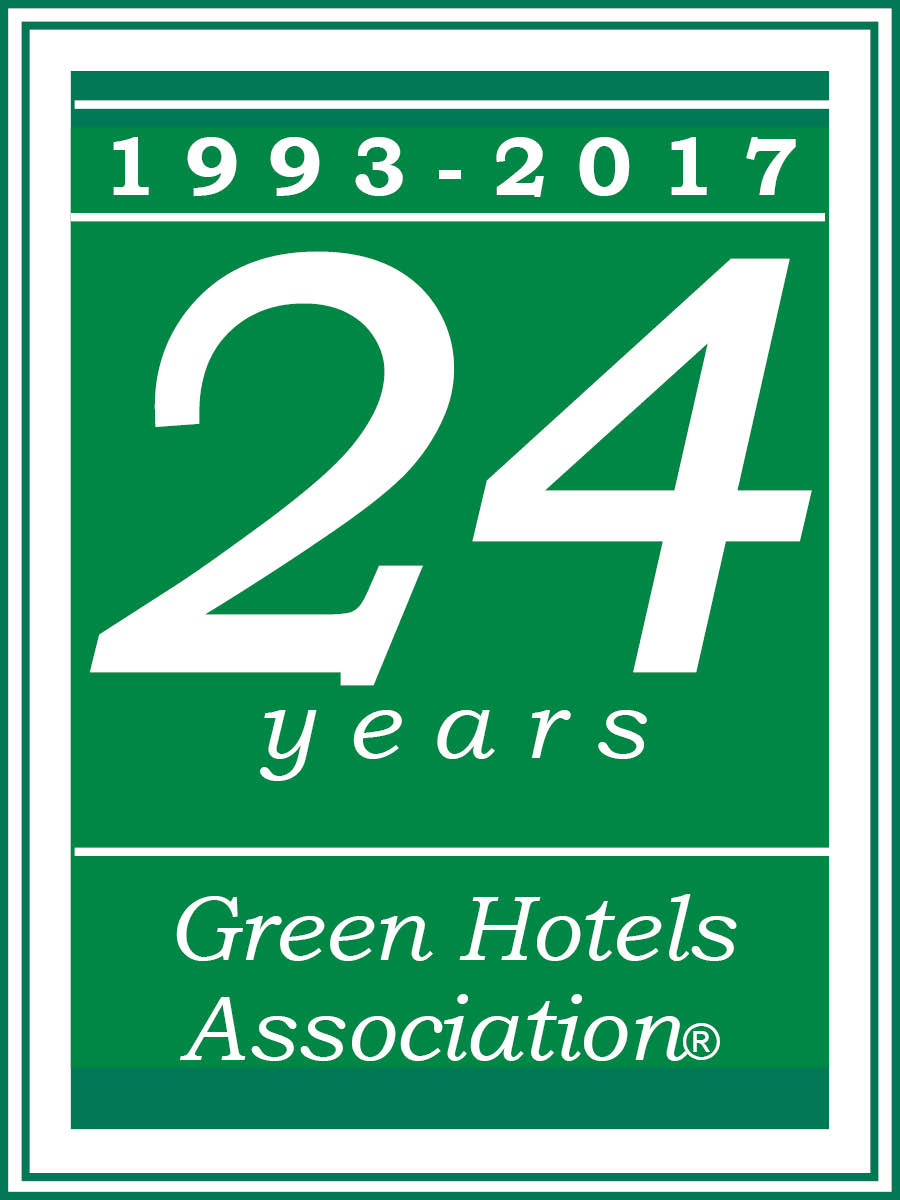
The din of modern life extends into protected areas, said acoustic biologist Megan McKenna at the Natural Sounds and Night Skies Division of the US National Park Service in Fort Collins, CO, who joined in the project. The study arises from a growing appreciation of the effects of excess noise on human health and wildlife behavior. To quantify the human contribution to park noise, the researchers led by Colorado State University conservation biologist Rachel Buxton created a computerized national soundscape that approximated the level of noise during an average summer day. They collated and analyzed millions of hours of park-land sound recordings. They fed the acoustic data into a computer algorithm that combined it with dozens of landscape variables to calculate how much extra noise people added.
Overall, they found that, depending on the locale, human activity boosted noise levels up to 10 decibels above natural levels. For comparison, sounds in cities often exceed 65 decibelsabout the level of a running air conditioner. In natural settings, sounds rarely exceed 40 decibelsabout the noise level of a babbling brook. The quietest parks have a background noise level of less than 20 decibels. Road traffic and aircraft were the biggest source of park noise, Dr. Buxton said.
In an independent study of air traffic in national parks in 2010, researchers at Colorado State found that overflights of Grand Canyon National Park had grown to about 55,000 a year, with more than 100 helicopters in the air over the canyon on the busiest days. Sound levels in spots reached as high as 76 decibels, they said.
The impact of noise on wildlife worries conservation biologists. Noise pollution can deafen fish, scare off animals, and muffle the sound of mating calls among wild birds, hindering their ability to hunt for food or to warn each other about predators. They can no longer hear these calls, said avian behavioral ecologist Christopher Templeton at Pacific University in Oregon, who studies the effects of noise on birds in the US and Europe. Other birds sing louder to be heard or flee the noisy area entirely.


